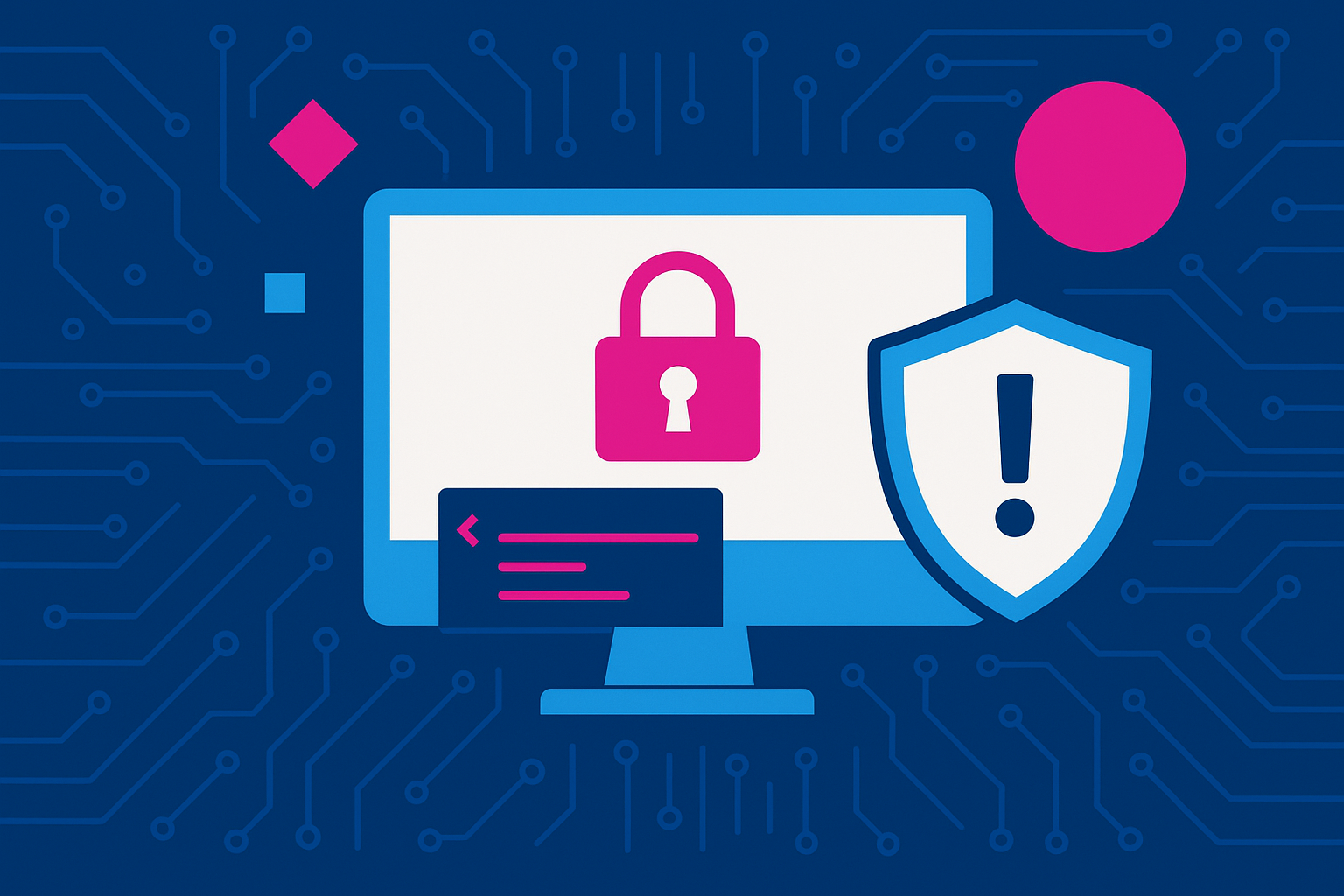Zero-Day, Zero Warning: What the Latest Microsoft Hack Means for You
Whether you’re running a global enterprise or a local nonprofit, Microsoft is likely doing work behind the scenes for you—email, calendars, files, meetings, identity. That’s what makes the latest SharePoint vulnerability worth your full attention.
On July 19, Microsoft disclosed a serious security flaw in SharePoint Server that’s already being exploited in the wild (on premise instances). It allows unauthenticated attackers to run code on your servers, potentially gaining control and spreading deeper into your systems. This is what’s called remote code execution and lateral movement and it means an attacker could move through your environment undetected, compromising sensitive data or even other connected tools.
And while Microsoft might be the focus today, they’re far from alone. In recent years:
Okta had attackers steal admin credentials from its support platform.
Cisco faced a breach after attackers accessed its internal network using stolen credentials and in one instance exploited a seven-year-old, known vulnerability in its software.
Atlassian’s Confluence was hit with a zero-day that allowed persistent access to corporate servers.
MOVEit, a widely used file transfer tool, was exploited to compromise hundreds of organizations across sectors.
This isn’t just a “Microsoft problem.” It’s a modern reality of digital infrastructure. And any link in your software supply chain can become an entry point for attackers.
What Happened (In Plain Terms)
On July 19, Microsoft issued an alert for a critical vulnerability in SharePoint Server: CVE‑2025‑53770. This flaw allows attackers to send specially crafted data to a SharePoint server and take control, without needing to log in.
What makes this especially dangerous:
It’s already being exploited by attackers.
Stolen cryptographic keys can be used to forge access even after patching.
A compromised SharePoint server can be a gateway into broader infrastructure (think Teams, OneDrive, Outlook, internal tools).
Microsoft has released patches for SharePoint 2019 and Subscription Edition. If you’re running SharePoint 2016, the fix is still pending.
(Coverage of the incident for those that want more -TechCrunch, Reuters, Yahoo! News, CNBC)
Not Sure If You’re Affected?
Here’s where to start:
Find out if you’re running SharePoint on-premise (many orgs do without realizing it’s still live).
Check if you’ve installed the July 19 patch (or whether you’re still waiting on a fix for 2016).
Look for signs of compromise:
Suspicious web requests to
ToolPane.aspxUnknown files like
spinstall0.aspxUnexpected activity or IP addresses between July 18–21
If compromised, rotate your SharePoint cryptographic keys to prevent attackers from maintaining access.
5. Watch for phishing attempts disguised as support. Cybercriminals often exploit high-profile incidents like this one to launch phishing campaigns. Be wary of emails claiming to offer help, patch guidance, or incident response support, especially those urging you to click links or download attachments. When in doubt, go directly to trusted sources.
If you need help interpreting these steps, now is the time to loop in your security team or a trusted advisor.
Even If You Weren’t Hit, Are You Ready for the Next One?
This vulnerability is a reminder that security isn’t just about prevention. It’s about preparation. Ask yourself:
Do we have a cybersecurity plan that covers third-party risk?
Do we patch on a regular, fast-moving cadence?
Could we spot unusual behavior on a server like SharePoint?
Have we tested what we’d do in a situation like this?
Do we need to provide additional training to our teams?
Being prepared doesn’t mean predicting every threat. It means building enough awareness and resilience to respond when, not if, something breaks.
Final Word
Every organization depends on software. That means every organization is exposed to the ripple effects of software vulnerabilities whether it’s in your own systems or your vendors’.
The SharePoint zero-day is just the latest in a long line of examples. What matters most isn’t whether you were affected this time. It’s whether you’re building the muscle to respond when it’s your turn in the spotlight.
Patch what you can. Monitor what matters. And start planning today for the incident you hope never happens.
If you need help building that plan, CAS Strategies can guide you.
Original post available on Command Line with Camille, here.

